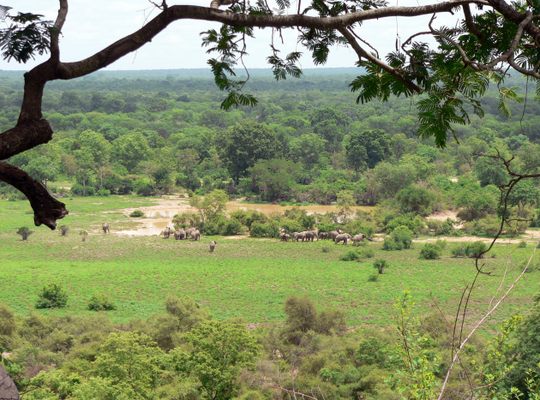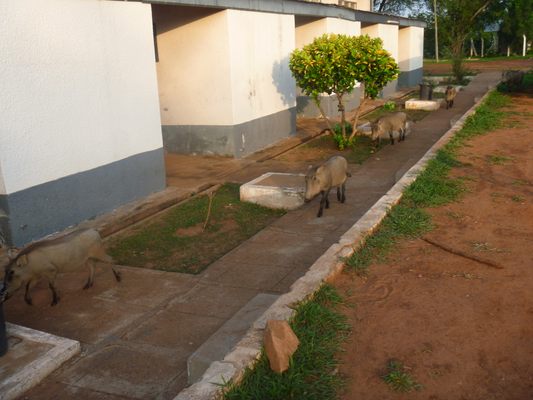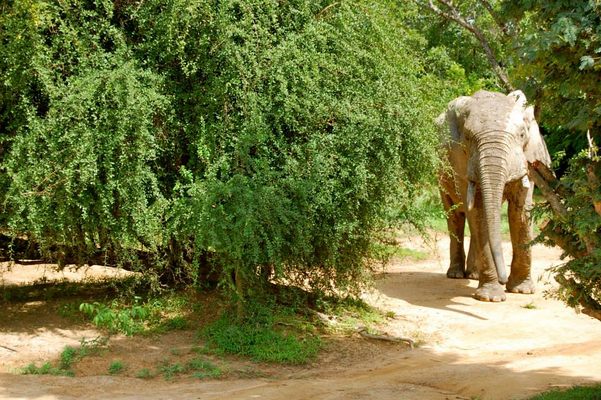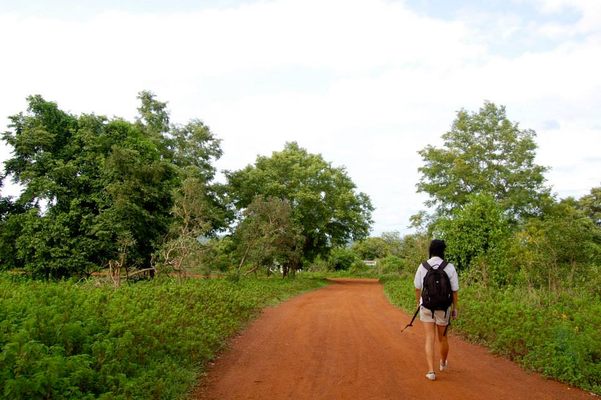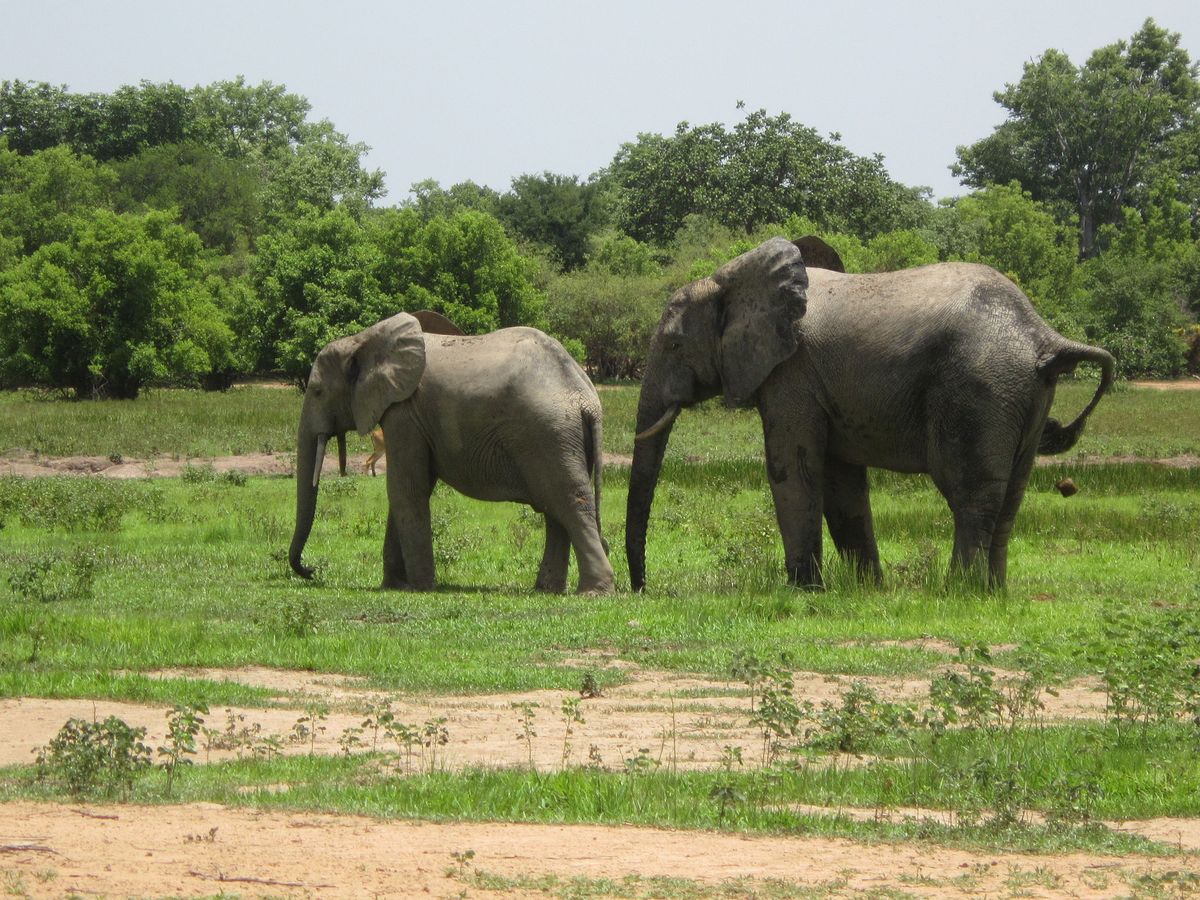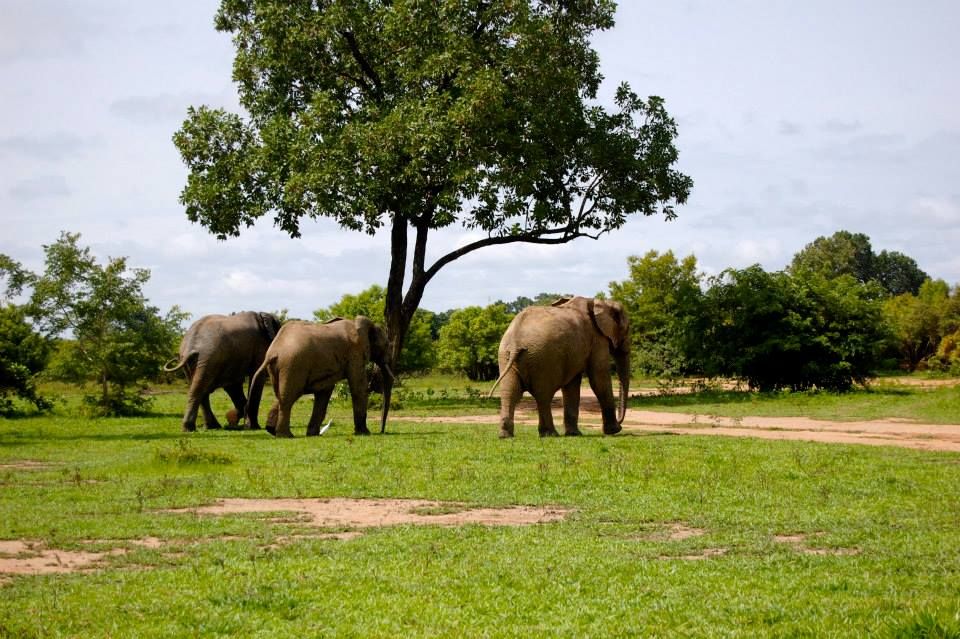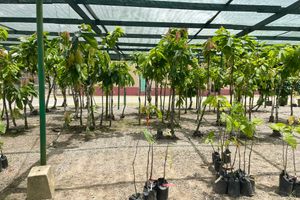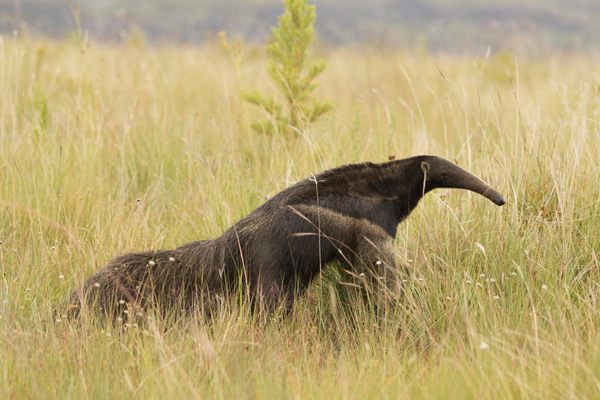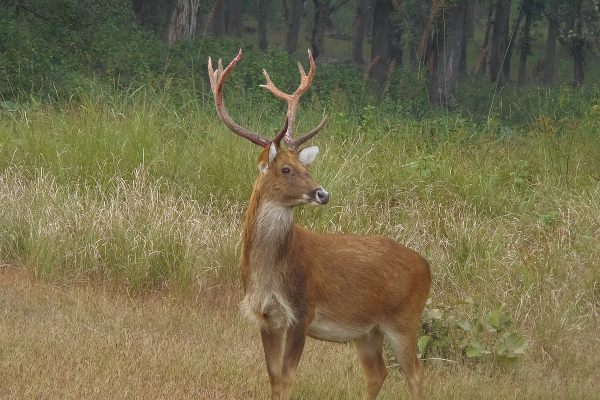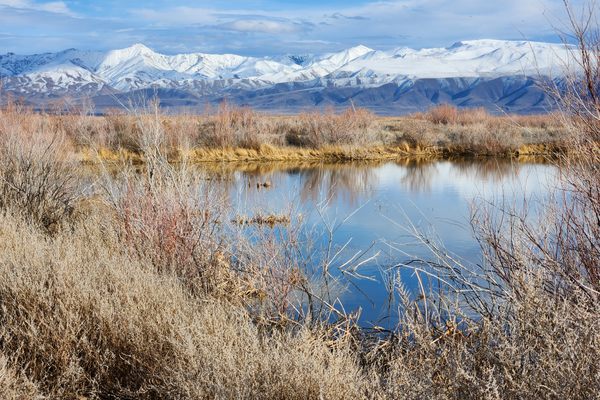About
As you walk around the restaurant and visitor’s center at Mole National Park, you’ll pass by warthogs wandering along on their way, possibly even an elephant that has strayed from the group. At Ghana’s largest wildlife refuge, life is relaxed and no one is in a rush to get anywhere.
Mole National Park (pronounced Moh-lay) is located in northwest Ghana, about 90 miles from the major city of Tamale. The grounds are still fairly undeveloped and untouristed due to the park’s remote location, which makes it feel like you are truly wandering around the animals' backyard.
The park was established in 1964, though the land was first set aside as a game reserve in 1958, a year after Ghana’s independence from Britain. The park spans about 3,000 square miles, fed by the seasonal Lovi and Mole rivers. On the grounds there is a motel and pool that look from a cliffside out across the savanna woodland, from which you can watch herds of elephants meandering by the water holes below.
The park is home to 90 mammalian species (including five types of primates), 734 species of flower plants, 56 butterfly species, and enough bird species to attract avid birders—at least 300 species, including the white-backed vulture and Senegal parrot.
However, because of the few dozen villages located near the park boundaries, subsistence hunting continues to pose a problem for preserving the wildlife. What's more, the elephants’ former migration route into southern Burkina Faso has been obstructed by human settlement, and seemingly less frequented as a result.
You can take jeep safari tours around the park’s rust red dirt roads, and are often able to get right up close to the elephants (there are around 500 total) and possibly pass by antelopes, hippos, hartebeests, buffalo and monkeys. The poor maintenance of the roads—which access only a small fraction of the park—is a loss to visitors, but a gain for the wildlife.
Related Tags
Know Before You Go
The park is 146km (90 miles) southeast of the major city of Tamale. The best way to get there is a bus, shared car, or van, through which you can likely arrange transport both ways.
Published
June 6, 2016
Sources
- http://www.bradtguides.com/destinations/africa/ghana/mole-national-park.html
- https://www.lonelyplanet.com/ghana/the-north/mole-national-park
- http://www.ghana.travel/touring_ghana/eco_tourism/nature_wildlife/mole_national_park/
- https://en.wikipedia.org/wiki/Mole_National_Park
- https://www.tripadvisor.com/Hotel_Review-g479203-d478910-Reviews-Mole_Hotel-Mole_National_Park_Northern_Region.html
